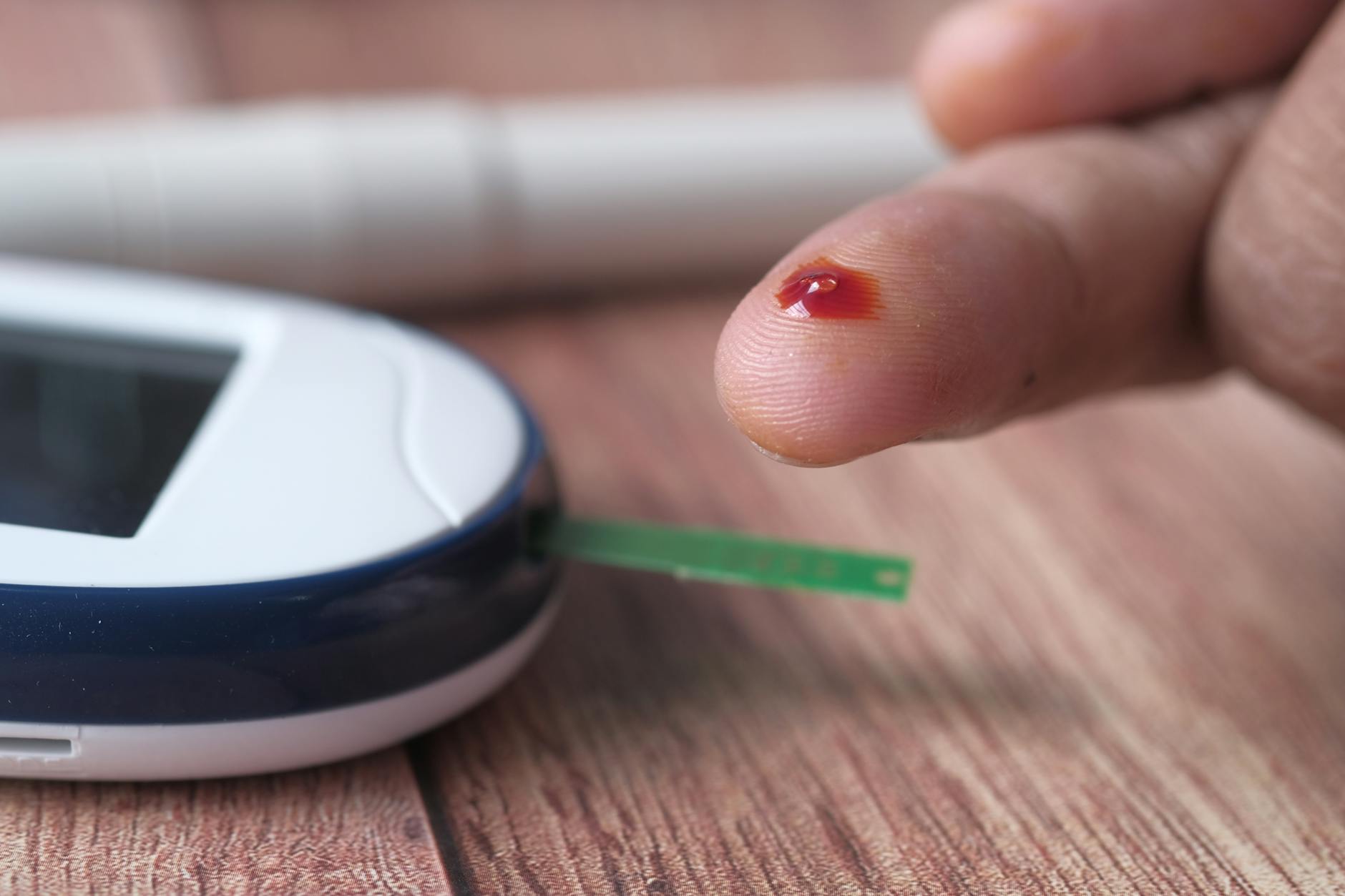Discover the shocking truth behind sugar and Type 2 diabetes, and learn the secrets to managing this deadly curse.
Table of Contents
Living with Type 2 diabetes can be challenging, but with the right knowledge and management strategies in place, it is possible to lead a happy and healthy life. In this blog post, we will delve into what Type 2 diabetes is, its causes, symptoms, treatment options, and tips for managing the condition effectively.
Cancer: Definition and Symptoms
Type 2 diabetes is a chronic condition that affects how your body utilizes glucose (sugar), leading to high blood sugar levels. The symptoms of Type 2 diabetes can vary from person to person but commonly include increased thirst, frequent urination, unexplained weight loss, fatigue, and blurred vision.
Causes and Risk Factors
The exact cause of Type 2 diabetes is not fully understood, but certain factors can increase your risk of developing the condition. These risk factors include being overweight or obese, leading a sedentary lifestyle, having a family history of diabetes, and being over the age of 45.
Treatment Options
Managing Type 2 diabetes involves making lifestyle changes, monitoring your blood sugar levels, taking medication as prescribed by your healthcare provider, and in some cases, insulin therapy. It is crucial to work closely with your healthcare team to create a personalized treatment plan that suits your needs.
Diet and Exercise
A healthy diet and regular exercise are key components of managing Type 2 diabetes. Focus on eating a balanced diet rich in fruits, vegetables, whole grains, lean proteins, and healthy fats. Physical activity helps lower blood sugar levels and improves insulin sensitivity, so aim for at least 150 minutes of moderate-intensity exercise per week.
Monitor Your Blood Sugar Levels
Regularly monitoring your blood sugar levels is essential for managing Type 2 diabetes. Keep track of your levels according to your healthcare provider’s recommendations and make adjustments to your treatment plan as needed. This will help you maintain optimal blood sugar control and prevent complications.
| Managing Type 2 Diabetes | Recommendations |
|---|---|
| 1. Monitor Blood Sugar Levels | Regularly check your blood sugar levels throughout the day to keep them within a healthy range. |
| 2. Follow a Balanced Diet | Limit your intake of sugary foods and drinks, and focus on eating a variety of fruits, vegetables, whole grains, and lean proteins. |
| 3. Exercise Regularly | Engage in physical activity for at least 30 minutes a day to help manage blood sugar levels and improve overall health. |
| 4. Take Medication as Prescribed | Follow your doctor’s recommendations for taking medication to control blood sugar levels. |
| 5. Manage Stress | Practice stress-reducing techniques such as meditation, yoga, or deep breathing exercises to help lower blood sugar levels. |
Medication and Insulin Therapy
Some individuals with Type 2 diabetes may require medication or insulin therapy to help control their blood sugar levels. Different types of medications are available, such as oral hypoglycemic drugs and injectable insulin. Your healthcare provider will determine the best treatment approach for you based on your individual needs.
Embrace a Positive Mindset
Coping with a chronic condition like Type 2 diabetes can be overwhelming at times, but maintaining a positive mindset and seeking support from loved ones and healthcare professionals can make a significant difference. Remember that you are not alone in this journey, and there are resources available to help you manage your diabetes effectively.
Conclusion
Type 2 diabetes is a manageable condition that requires diligence and commitment to self-care. By following a healthy lifestyle, working closely with your healthcare team, and staying informed about your condition, you can take control of your diabetes and live well. Remember, managing Type 2 diabetes is about making small, sustainable changes that add up to significant improvements in your overall health and well-being.
FAQs
Can Type 2 diabetes be reversed?
Answer 1: While Type 2 diabetes is a chronic condition, it can be managed effectively through lifestyle changes such as diet and exercise. With the right approach, some individuals may even be able to achieve remission of their diabetes.
What are the best foods to eat to manage Type 2 diabetes?
Answer 2: Focus on a balanced diet rich in fruits, vegetables, whole grains, lean proteins, and healthy fats. Limit sugary foods and drinks, and aim to maintain stable blood sugar levels throughout the day.
How often should I monitor my blood sugar levels?
Answer 3: It’s recommended to monitor your blood sugar levels regularly as advised by your healthcare provider. This may include checking before meals, after meals, before exercise, and at bedtime to ensure good control.
What should I do if my blood sugar levels are high?
Answer 4: If your blood sugar levels are consistently high, it’s important to speak with your healthcare provider. They may recommend adjustments to your treatment plan, such as medication dosage changes or lifestyle modifications, to help bring your levels back into a healthy range.





